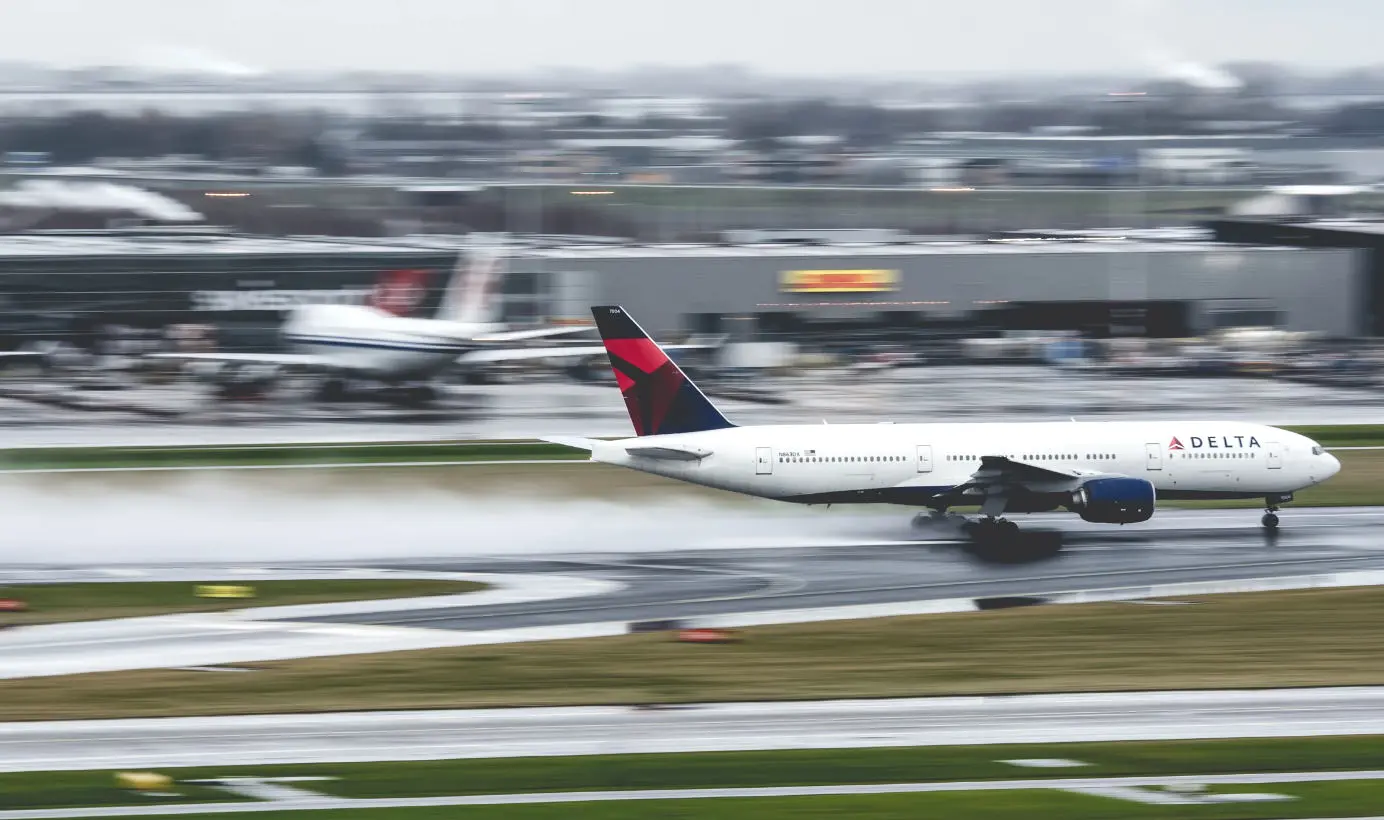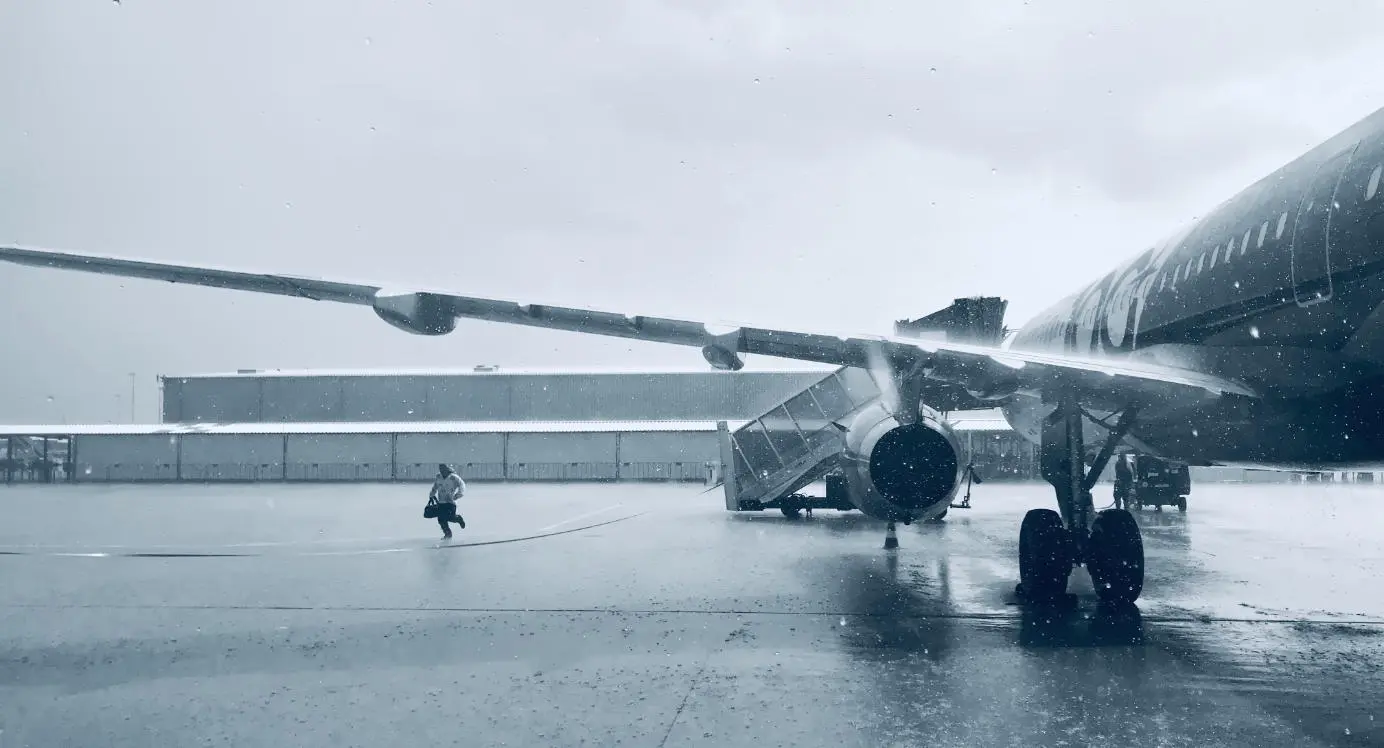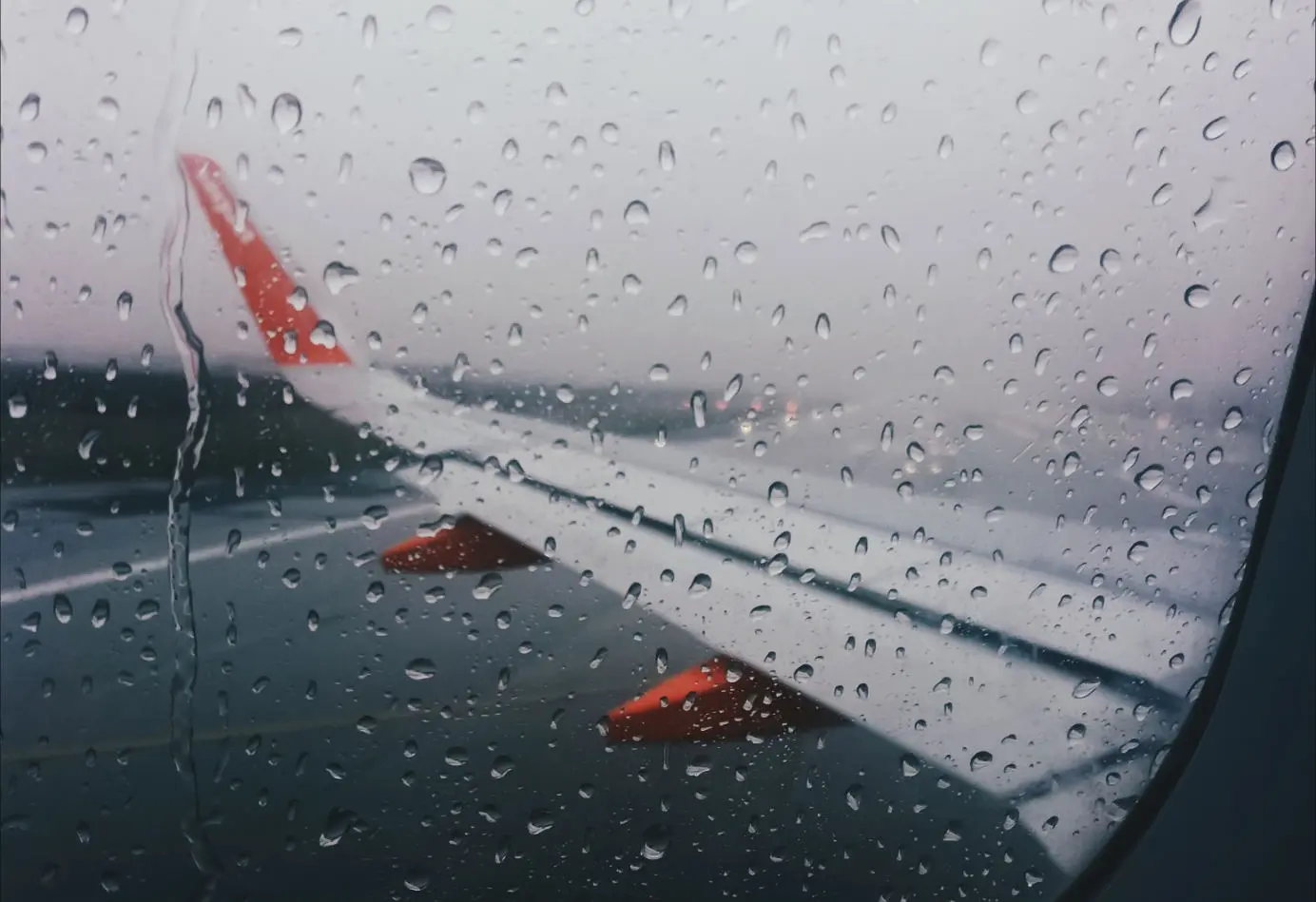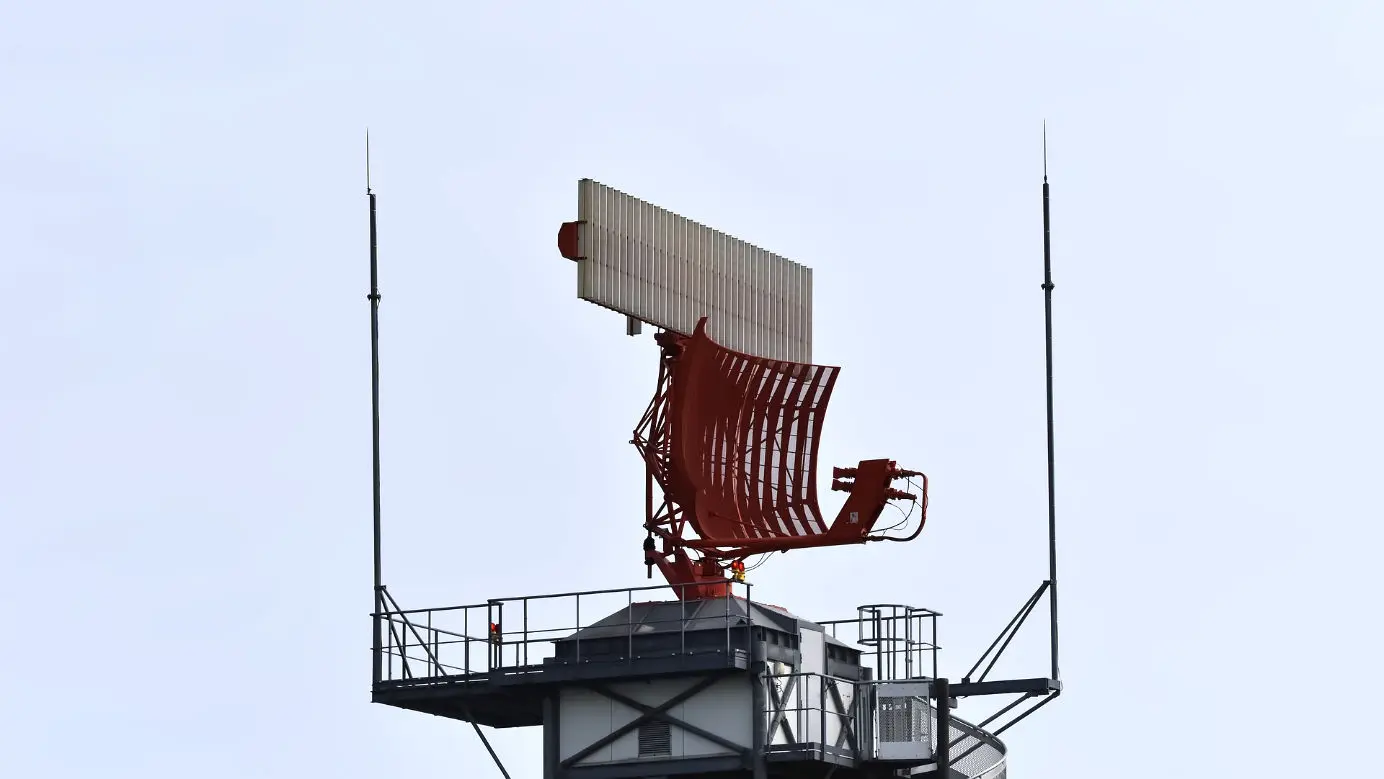
Rainy Runways: Plane Takeoffs in Wet Conditions
Airplanes are designed to take off and land in various weather conditions, including rain. Find out how planes are equipped to handle rain and the safety measures in place to ensure a smooth takeoff even in wet weather.
Table of Contents
Getting on a plane during rainy weather can be a nerve-wracking experience for some. As passengers, we often wonder how safe it is for a plane to take off during a downpour. Are there any hidden dangers? Can the aircraft handle the wet conditions?
In this article, we delve into the truth about plane takeoffs in wet weather, separating fact from fiction.
When it comes to flying, safety is the utmost priority. Airlines and pilots are well-equipped to handle various weather conditions, including rain. Modern aircraft are designed to withstand heavy rains and operate flawlessly even under wet conditions. From specially grooved runways for better water drainage to advanced weather detection systems, the aviation industry has taken extensive measures to ensure safe takeoffs in wet weather.
However, it's important to note that certain conditions, such as severe thunderstorms or significant ice accumulation, may still result in flight delays or cancellations. But rest assured, these decisions are made with passenger safety in mind.
So the next time you find yourself boarding a plane during a rainy day, remember that rain or shine, the aviation industry is committed to keeping you safe in the skies. Don't let a little rain dampen your travel plans.
Understanding the Impact of Rain on Plane Takeoffs
It's important to note that not all rain is the same. A light rain may not impact the takeoff as much as a heavy downpour or a thunderstorm. The type of rain, its intensity, and the duration of the rainfall all play a role in determining whether a plane can take off safely.
Rain can have a significant impact on plane takeoffs, especially when the precipitation is heavy. One of the issues with heavy rain is reduced visibility for the pilots. Visibility is usually not an issue when the aircraft is in the air, as it is piloted through instruments, but during taxi, takeoff and landing, visibility is vital.
Very heavy rainfall can impair visibility below what is required for safe operation on the ground. However, these events are rare, usually brief and exclusively connected to thunderstorms.

The lift produced by modern airplanes is independent of the intensity of the rain, and airplanes can and will take off and land during rainy conditions.
However, the temperature of the rain can cause delays and additional inconvenience. If the water temperature is too low, it can freeze on the plane's wings, and this can create challenges. Ice negatively affects the aerodynamics of the plane's wings and must be removed before the plane can take off. This process is called deicing.
The Role of Runway Conditions in Wet Weather Takeoffs
The condition of the runway is crucial for a safe takeoff in wet weather. Runways must be designed to allow for proper water drainage to prevent hydroplaning (also called aquaplaning), which can occur when the plane's wheels lose contact with the runway and slide on a layer of water instead of the runway surface. This can be dangerous and cause the plane to skid off the runway.
To prevent hydroplaning, runways are constructed with grooves or channels that allow water to drain away from the surface and the plane's wheels. In addition, special coatings or treatments may be applied to the runway surface to improve traction and reduce the risk of hydroplaning.
Pilots also take into account the length of the runway when deciding whether it's safe to land in wet conditions. In rainy conditions, the runway surface is more slippery and a longer runway can provide more room for the plane to decelerate.
Safety Measures and Precautions for Wet Weather Takeoffs
The aviation industry takes extensive measures to ensure safe takeoffs in wet weather. Before takeoff, pilots and ground crews conduct thorough inspections of the aircraft to ensure that all systems are functioning properly and that there are no visible signs of damage or defects.
In addition, pilots receive specialized training in handling wet weather takeoffs and landings. They are trained to adjust their takeoff speeds and other variables based on the current weather conditions and the weight of the aircraft.
Special drainage systems on the taxi- and runways lead the water away and the aircraft's tires have tread patterns for channeling water away and prevent hydroplaning.
If the weather conditions are deemed unsafe for takeoff (rarely the case because of rain alone), the airline may opt to delay or cancel the flight. This decision is made with passenger safety in mind and is based on a variety of factors, including the severity of the weather, the condition of the runway, and the aircraft's capabilities in wet weather.

Furthermore, advancements in technology have also contributed to safer takeoffs in wet weather. Weather detection systems, such as radar and satellite imagery, can provide pilots and dispatchers with real-time information about the location and intensity of rainfall, allowing them to make informed decisions about whether it's safe to take off.
Pilot Training and Expertise in Handling Wet Weather Takeoffs
Pilots play a critical role in ensuring safe takeoffs in wet weather. They are trained to assess the current weather conditions, adjust the relevant parameters and other variables as needed, and make informed decisions about whether it's safe to take off.
Pilots receive specialized training in handling wet weather takeoffs and landings, including simulations that allow them to practice in a variety of weather conditions. This training helps them to develop the skills and expertise needed to handle challenging weather conditions and ensure safe takeoffs and landings.
Common Misconceptions About Plane Takeoffs in Wet Weather
There are several common misconceptions about plane takeoffs in wet weather. One of the most common is the belief that rain can damage the aircraft's engines. While heavy rain can cause an engine flameout, it is a very rare occurrence.
Another misconception is that planes cannot take off in thunderstorms. While severe thunderstorms can result in flight delays or cancellations, planes are equipped to handle lightning strikes and other weather-related challenges.
How Commercial Aircraft Detects Rain and Storms
Modern commercial aircraft use various systems and sensors to detect rain and storms. The primary systems involved in this process are weather radar and satellite communication.
Weather Radar
Most commercial aircraft are equipped with weather radar systems located in the aircraft's nose. These systems use radar technology to detect and display weather conditions to the pilots. The radar emits radio waves, which then bounce off precipitation particles like raindrops, snowflakes, or hail. The radar system analyzes the timing and intensity of the returned signals to determine the presence and severity of weather phenomena.
The data from the weather radar is displayed on the aircraft's cockpit screens, providing real-time information about rain, storms, and other weather-related hazards. Different colors or shades on the radar screen represent various intensities of precipitation, helping pilots identify the areas of rain or storms.

Satellite and radio communication
In addition to onboard radar systems, aircraft can also receive weather information through satellite and radio communication. They are equipped with systems like the Aircraft Communications Addressing and Reporting System (ACARS), which allows two-way communication between the aircraft and ground stations.
ACARS is used for sending and recieving short messages. It can receive weather updates, including information about rain, storms, and other meteorological conditions, from meteorological organizations like the National Oceanic and Atmospheric Administration (NOAA) or the Air Traffic Control (ATC). This information is transmitted to the aircraft, and pilots receive updates to their cockpit displays or printouts. ACARS updates allow pilots to stay informed about changing weather conditions during the flight.
Both weather radar and satellite/radio communications enable pilots to stay informed about rain and storms and make informed decisions regarding routing and altitude adjustments. This helps ensure passenger safety, avoid turbulence, and select alternate routes if necessary, mitigating the impact of adverse weather on the aircraft's flight path.
Conclusion: Ensuring Safe and Efficient Plane Takeoffs in Wet Weather Conditions
In conclusion, flying in wet weather conditions can be a nerve-wracking experience for many passengers. However, the aviation industry has taken extensive measures to ensure safe and efficient takeoffs in all weather conditions, including rain. As a result, rain alone never poses a threat to the aircraft's safety.
From specialized runway designs to advanced weather detection systems and pilot training, the industry has made significant advancements in ensuring the safety of passengers in wet weather conditions.
So the next time you find yourself boarding a plane during a rainy day, rest assured that the aviation industry is committed to keeping you safe in the skies, rain or shine.
Also read:
Planenerd Newsletter
Join the newsletter to receive the latest updates in your inbox.






